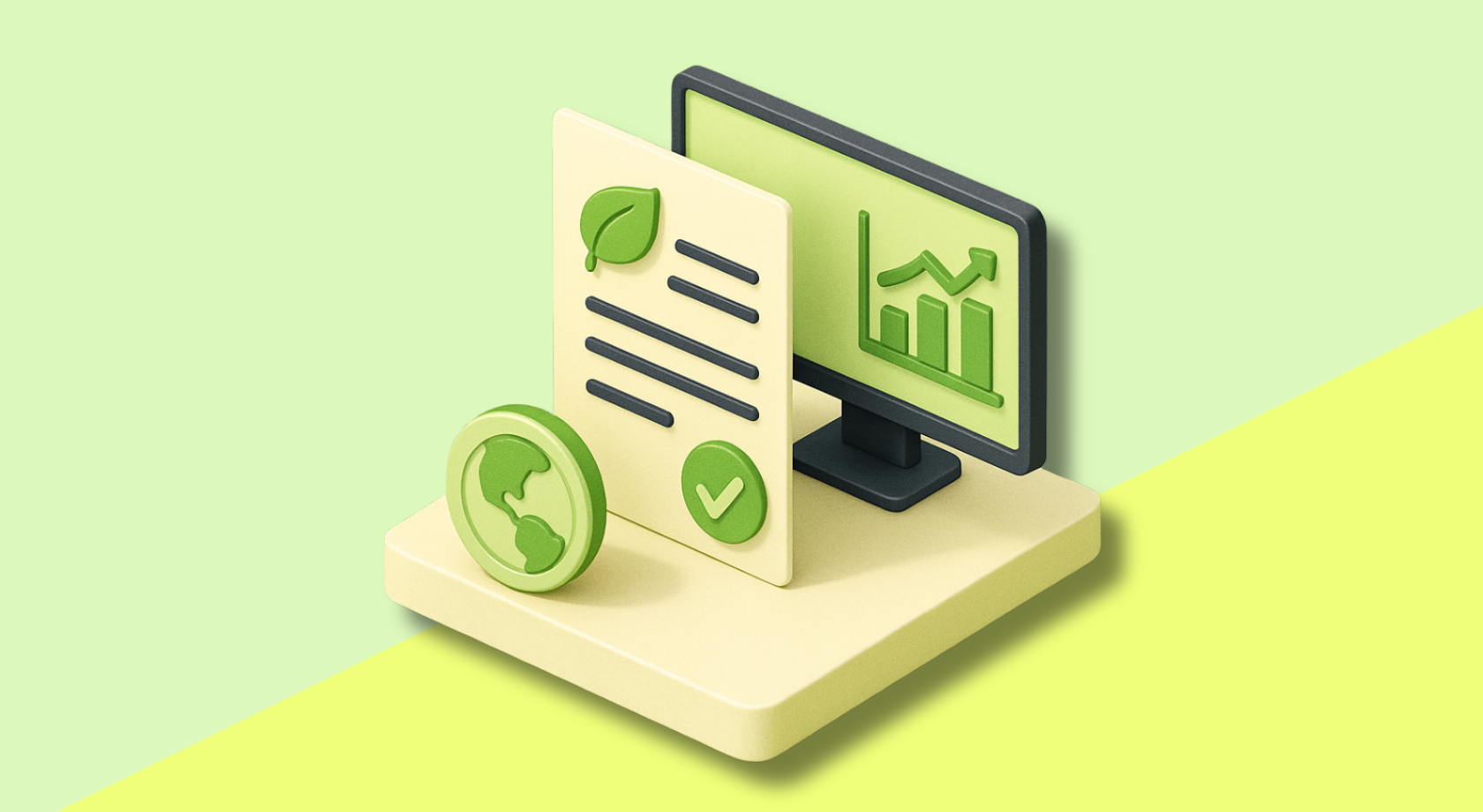- 5 min read


Environmental, Social, and Governance (ESG) commitments are no longer just PR-friendly checkboxes, they’re business imperatives. Investors, customers, regulators, and even prospective employees are demanding proof that organizations are serious about their sustainability goals. And for many companies, that proof is locked away in one place: their contracts.
Vendor pledges. Emissions targets. DEI commitments. Data privacy obligations. These promises are often embedded in legal agreements and they’re only as good as your ability to track them. That’s where modern contract lifecycle management (CLM) tools come in.
Across procurement, vendor onboarding, real estate, and compliance, contracts are filled with ESG-related clauses. You might already have:
But here’s the problem: traditional contract storage makes these clauses nearly impossible to surface, organize, or act on. Without a structured, searchable, and reportable CLM system, your ESG commitments are buried and untrackable.
Spreadsheets can’t extract clause-level data. They can’t send you a reminder when a vendor is due to re-certify their environmental standards. And they certainly can’t tell you whether a contract clause aligns with your company’s latest sustainability policy.
A modern contract management platform like Contract Box helps you:
With CLM, ESG tracking becomes dynamic, auditable, and scalable.
Contract Box was designed for modern contract data extraction and analysis. Its AI engine parses contracts and identifies ESG-relevant language during upload from carbon offset clauses to diversity reporting timelines.
You can assign smart tags like:
Each ESG-related clause becomes a data point you can filter, act on, and report. Plus, with configurable dashboards, you can generate views like:
ESG clause tracking isn’t just about avoiding penalties or fines. It’s about ensuring your external relationships align with your internal values.
For example:
With Contract Box, the answer to all of the above becomes: Yes. And here’s the clause.
Sustainability is no longer separate from operations. It’s deeply woven into how you contract, how you source, and how you partner. Your contracts are filled with commitments and CLM is the system that turns those commitments into action.
Contract Box transforms ESG clauses from legal jargon into business intelligence.